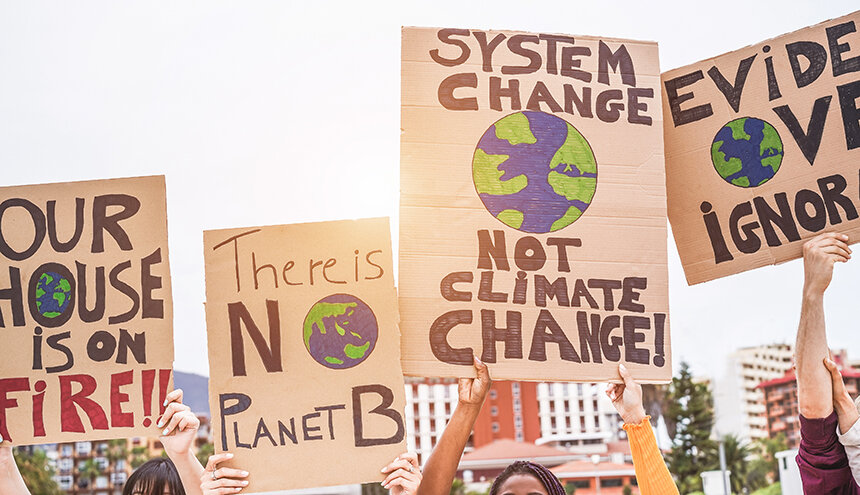Renewable Energy Incentives Often Escape Low-Income Communities
March 2, 2015
PROVIDENCE — Missing from the recent growth of Rhode Island’s solar and wind-energy sectors are renewable projects that serve low-income residents.
Of the 100 or so projects built in recent years with state subsidies, only a handful benefit affordable housing and low-income groups.
To address this deficiency, the state Office of Energy Resources (OER) is looking to make its principal incentive program more appealing to low-wage earners, as well as other members of the public who aren’t aware of the renewable-energy programs and benefits.
“We have an obligation to assure that (these programs) align so that it’s functional in all communities,” Ken Payne, chairman of the Distributed Generation (DG) Contracts Board, the committee that oversees incentives for large wind and solar projects, said during a Feb. 25 board meeting.
During the past four years, which was considered a trial period for the DG incentive program, no contracts were awarded to projects that serve low-income families or affordable housing.
Three projects at affordable-housing developments, however, received funding through the state Renewable Energy Fund (REF) and federal economic stimulus money. In 2010, Shalom Housing Inc., a low-income apartment for seniors in Warwick, received a modest REF grant for a 156-foot-high 100-kilowatt turbine, but the bulk of the funding came from the U.S. Department of Housing and Urban Development (HUD).
Sandywoods Farm in Tiverton, an affordable-housing development for artists, was awarded state and federal funds for a 275-kilowatt wind turbine and a small solar array. The West Elmwood Housing Development Corporation received $100,000 from REF in 2009 for a 50-kilowatt solar project.
Last year, however, the General Assembly expanded the DG program to include smaller residential solar installations, wind and other renewable projects. And now the DG board says it wants low-income groups to have a chance to benefit from these incentives.
“Certainly, this is a market we’d like to tap into,” said Chris Kearns, chief of programing development at OER.
Kearns noted that low-income groups, along with all electric customers, are paying for the incentives through slightly higher rates and charges on their utility bill.
“Ultimately, they are contributing to the cost of the program being in operation every year,“ he said.
But the DG program, as well as REF grants, have several obstacles to clear before they are suited for low-income groups.
The 30 percent federal tax credit is the largest single subsidy for most renewable-energy projects. But entities can’t qualify for the credit if they receive federal funds. This typically omits affordable-housing buildings and organizations, as well as many nonprofits.
Virtual net metering allows a renewable-energy project to assign its power to other entities. For example, a solar field can assign the credit earned from its electricity to a low-income housing project or nonprofit. The value of that electricity is simply deducted from that group’s electric bill. Massachusetts allows virtual net metering and many affordable-housing groups benefit from the cheaper cleaner power. Rhode Island only permits cities and towns to use virtual net metering.
Solar developer Fred Unger told the DG board that virtual net metering has been a catalyst for building 69 solar projects in Massachusetts that benefit affordable-housing groups. In 2015, he expects to install a whopping 5.5 megawatts of new solar projects to serve affordable housing in the Bay State.
Rhode Island, he said, must expand virtual net metering. Otherwise, “the DG program is going to be really difficult to make work in the affordable-housing market,” Unger said.
Many affordable and low-income and dwellings are in dense urban areas with small roofs and inadequate sunshine and thus aren’t ideal for solar panels, Unger said. Multi-family homes also pose complications between tenants, landlords and developers regarding roof access and who can take advantage of the solar energy.
Virtual net metering, Unger said, can circumvent this problem by allowing larger projects in open areas to include urban residents.
Community groups that promote financial incentives to first-time and low-income homeowners aren’t aware of the renewable-energy incentives and aren’t passing them along to homebuyers.
“There is an education component that I don’t think is just unique to low-income (groups), but just the general population,” said Sharon Conrad-Wells, executive director of the West Elmwood Housing Development Corporation.
She suggested that state housing organizations, such as the Housing Network of Rhode Island, help educate homebuyers and financial-education groups. “I think having us understand how the money works can help us make sure that what we are doing can be useful,” Conrad-Wells said.
Julian Dash, owner of solar developer Clean Energy Economy Development LLC, has considerable experience in Rhode Island’s relatively young renewable-energy industry. He was the former head of the REF and also was a financing consultant to housing authorities in Washington, D.C., and Baltimore. Dash believes the DG program can ultimately be used to help affordable housing.
“It’s complex but not impossible,” he said. “I’m quite confident that it could be done. You just have to get the resources to work it out.”
As one solution, Kearns suggested making the DG program offer higher fixed price agreements that compensate for the lack of the federal tax credit, an incentive that may run out for all renewable projects at the end of 2016.
At its March meeting, the DG board is expected to begin forming a working group to address these problems and ultimately spread the word about the benefits and financing available for renewable-energy projects.
Categories
Join the Discussion
View CommentsRelated Stories
Your support keeps our reporters on the environmental beat.
Reader support is at the core of our nonprofit news model. Together, we can keep the environment in the headlines.
We use cookies to improve your experience and deliver personalized content. View Cookie Settings



